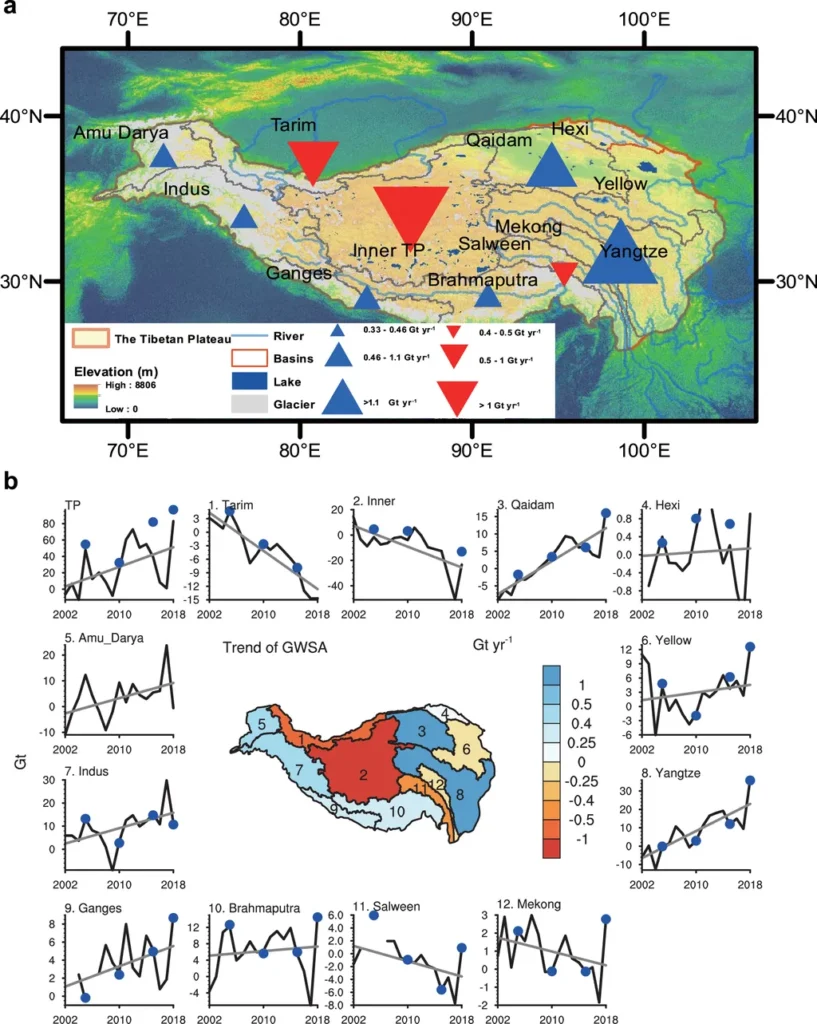In the sprawling landscapes of the Tibetan Plateau, a critical study has emerged that could reshape how we view and utilize groundwater resources, particularly in the context of geothermal energy. Led by Zhao-xuan Niu from the Center for Hydrogeology and Environmental Geology Survey in Tianjin, China, the research delves into the natural radioactivity present in groundwater from the Eastern Gonghe Basin, offering insights that could influence both environmental safety and commercial ventures in the energy sector.
The study, published in the *Journal of Groundwater Science and Engineering* (translated from its Chinese title), systematically examines the spatial distribution, origins, and potential health risks associated with natural radioactivity in groundwater. By analyzing samples from 12 groups of various types, including hot springs and artesian wells, the research provides a comprehensive overview of the region’s groundwater radioactivity levels.
“Overall, the groundwater radioactivity in the Gonghe Basin remains within acceptable limits,” Niu explains. However, the study reveals that two fault-controlled high-temperature spring samples exhibited gross-α activity exceeding regulatory limits, with one also showing elevated gross-β activity. This finding underscores the importance of careful monitoring and management of geothermal resources, particularly in areas with high geological activity.
The research highlights that groundwater radioactivity in the region is primarily controlled by geological structures, lithology, and hydrothermal conditions. Fault zones and high-temperature environments serve as key factors in radionuclide enrichment, a critical insight for companies looking to tap into geothermal energy. Understanding these factors can help mitigate potential health risks and ensure the sustainable development of geothermal resources.
“Continuous monitoring of high-radioactivity hot springs and prudent resource utilization are recommended,” Niu advises. This recommendation is not just a call for environmental stewardship but also a strategic imperative for the energy sector. As geothermal energy gains traction as a renewable and sustainable energy source, ensuring the safety and longevity of these resources becomes paramount.
The study’s findings could shape future developments in the field by providing a scientific foundation for the safe and sustainable utilization of geothermal resources. By identifying the key factors contributing to radionuclide enrichment, the research offers a roadmap for companies to navigate the complexities of groundwater radioactivity, ensuring both environmental safety and commercial viability.
As the energy sector continues to evolve, the insights from this research will be invaluable. They not only highlight the need for rigorous monitoring and management but also open up new avenues for innovation and development in the geothermal energy sector. For professionals in the field, this study serves as a reminder of the delicate balance between harnessing natural resources and preserving environmental safety.

